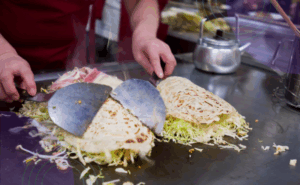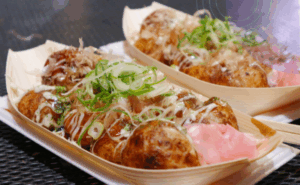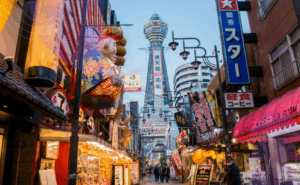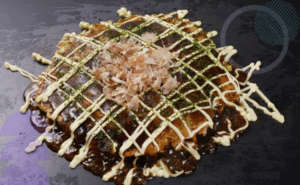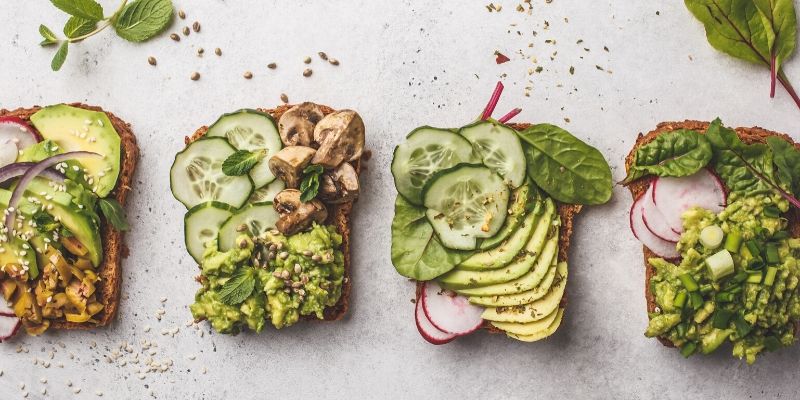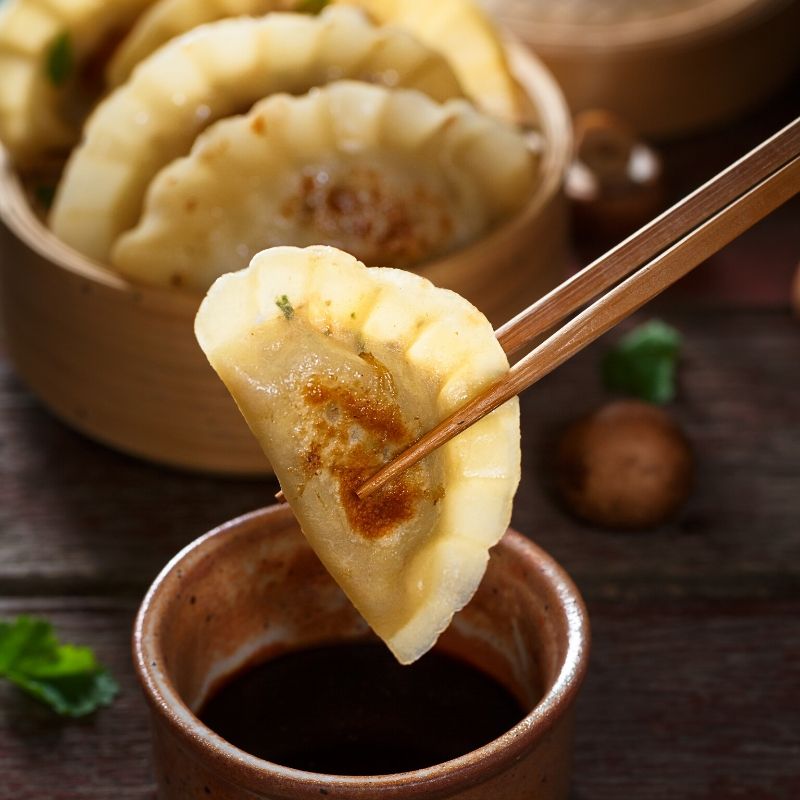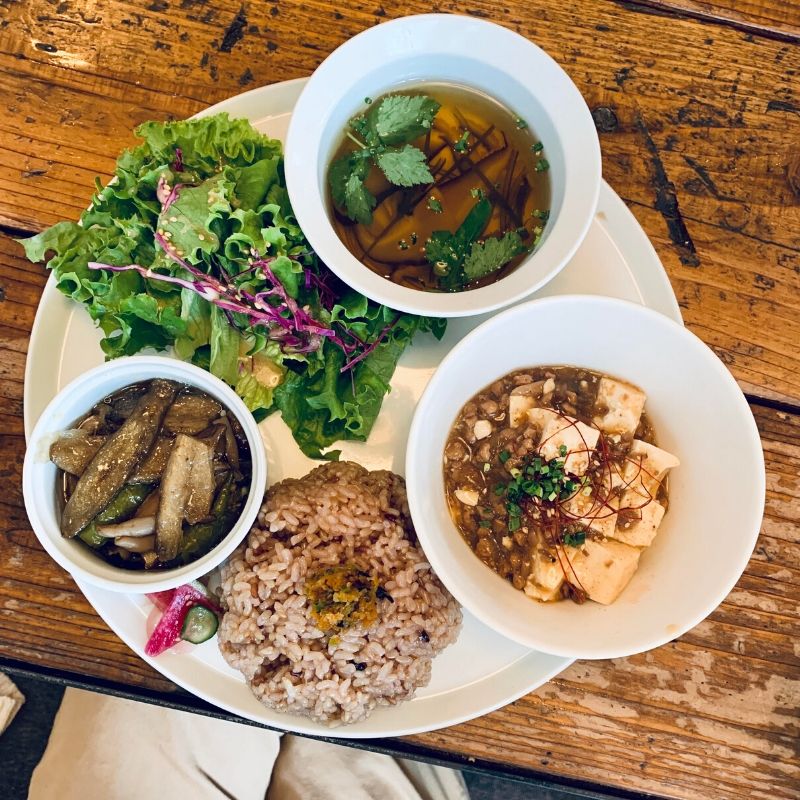Osaka is one of those cities where the food scene defines the experience. The entire city seems built around enjoying good food and socializing with others.
Planning a trip to Osaka can feel overwhelming because there’s so much information available, and it’s not always clear what matters most for first-time visitors versus what’s just nice to know.
If you’re planning your first visit to Osaka, here’s what I wish someone had told me before I went – the practical stuff that actually makes a difference in how much you’ll enjoy your time there.
What You Need to Know About Osaka
Osaka is Japan’s third-largest city, but the main areas where visitors spend time are pretty compact. You can walk to many places, which is convenient when trying different restaurants or exploring neighborhoods.
The city has a strong food culture. You’ll notice this quickly – there are food stalls, restaurants, and markets everywhere. People here take their eating seriously, and that extends to everything from street snacks to high-end dining.
When to Visit
Spring and fall generally have the most comfortable weather. Spring brings cherry blossoms, while fall offers pleasant temperatures for walking. Summer gets quite hot and humid, though it’s also festival season with outdoor food events. Winter is milder than in other parts of Japan.
Golden Week (late April to early May) and Obon (mid-August) tend to be crowded and more expensive, so regular times may be more pleasant for visiting.
How Long You’ll Need
You can see the main highlights in 2-3 days, but 4-5 days gives you more time to explore the food scene and different neighborhoods without rushing.
Osaka also serves as a convenient base for exploring other places in the Kansai region. Kyoto is about 45 minutes away, Nara is 30 minutes, and Kobe is 20 minutes by train.
Where to Stay
Namba/Dotonbori area puts you close to the main food districts and entertainment areas. It gets busy, especially on weekends, but everything is within walking distance.
Osaka Station/Umeda area is more business-focused but well-connected for transportation. It’s quieter than Namba but still has plenty of dining options.
Shinsaibashi falls somewhere between the two – offering good access to shopping and restaurants, as well as a central location.
Staying in these central areas saves time on transportation and puts you closer to where most of the action happens.

Getting Around
Osaka’s train system is simpler than Tokyo’s. The main subway lines cover most places you’ll want to visit, and walking is often practical for shorter distances.
An ICOCA card is valid on all trains and subways in the region, as well as at convenience stores and many restaurants. You can get one at the airport or any train station.
The Midosuji Line connects most of the major areas, from Umeda to Namba and beyond. Many attractions are on or near this line.
The covered shopping streets make walking comfortable even when it’s raining.
[Click here for our complete Getting Around Osaka transportation guide]
Main Areas to Explore
Dotonbori is a famous entertainment district known for its neon signs and food stalls. It’s definitely touristy, but the food scene there is legitimate.
Osaka Castle is the main historical site. The castle building itself is a reconstruction, but the surrounding park is nice, especially during cherry blossom season.
Kuromon Market has fresh food and prepared items. Morning visits tend to be less crowded.
[Click here for our complete guide to Markets and Street Food in Osaka Worth Your Time]
Shinsekai has an older, more traditional atmosphere, featuring kushikatsu restaurants and a distinct vibe from the more modern areas.
Sumiyoshi Taisha is one of Japan’s oldest shrines, offering a completely different atmosphere from the busy central districts.
Food to Try
Takoyaki are the famous octopus balls sold throughout the city. You’ll find them at street stalls and restaurants everywhere.
Okonomiyaki is a savory pancake that you often cook yourself at your table. It’s meant to be social.
Kushikatsu consists of various skewered and fried items. There’s one important rule: don’t double-dip in the shared sauce.
Kitsune udon showcases the local noodle style with a lighter broth than what you’d find in Tokyo.
Small restaurants without English menus often have some of the most interesting food. Pointing at what looks good usually works fine.
[Click here for our complete guide to Osaka Local Dishes You Need to Try]
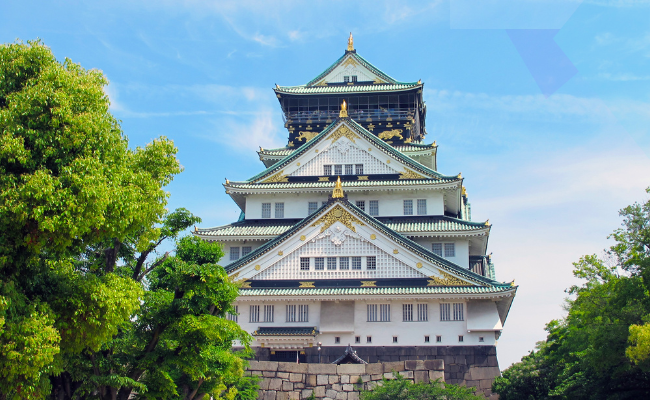
Remember
Cash is important – many smaller places only accept cash. Carrying 3000-5000 yen when going out to eat is usually sufficient.
Restaurant hours can vary; some places close between lunch and dinner, while others have irregular schedules. Checking before you go saves disappointment.
No tipping – prices are as listed. Adding extra money can confuse staff.
Language barriers exist – basic Japanese phrases help, and Google Translate’s camera function can be helpful for menus.
Standing while eating is common – many street food places are designed this way. It’s not meant to be rushed.
[Click here for our complete guide: More Osaka Food Tips Most Travelers Miss]
Day Trips from Osaka
Kyoto (45 minutes) offers temples, traditional architecture, and a different atmosphere.
Nara (30 minutes) is famous for its deer park and large Buddha statue at Todaiji Temple.
Kobe (20 minutes) is known for its beef and harbor area.
All are easily accessible by train and make good day trips if you have extra time.
Budget Considerations
Osaka’s prices can range from very affordable to expensive, depending on where you eat and stay. Convenience store meals and casual restaurants tend to keep costs down, while tourist areas and upscale establishments cost more.
Street food and local restaurants generally offer good value. Department store food courts provide quality options at mid-range prices.
Things to Keep in Mind
Osaka rewards curiosity when it comes to food. Trying places that look interesting, even when you’re not sure what they serve, often leads to promising discoveries.
The food culture here is social – dishes are often meant to be shared, and meals tend to be relaxed rather than rushed.
Weekend evenings get pretty busy in the main entertainment areas. Weekday visits or off-peak times can be more comfortable.
Each neighborhood has its own character, so exploring beyond just the most famous areas can be worthwhile.
Final Thoughts
Osaka is an excellent city for food lovers and those who enjoy exploring neighborhoods on foot. The main areas are accessible, and there’s enough variety to keep things interesting whether you’re here for a few days or longer.
The key is staying open to trying new things and not over-planning every meal. Some of the best experiences happen when you just follow your nose and see what you discover.

